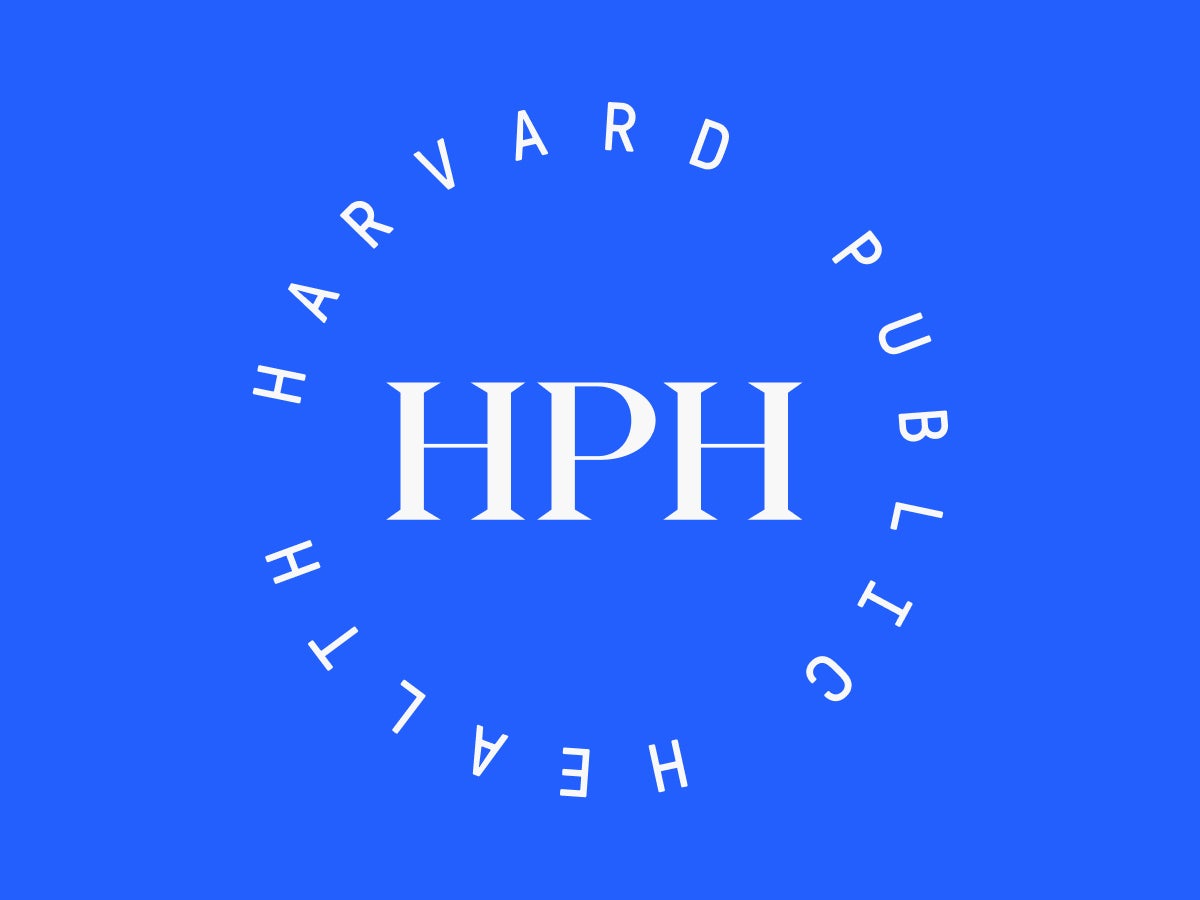
Opinion
Poor diets are killing us. Better spending on nutrition research can help.
Last month, Saul Newman won an Ig Nobel Prize for his research debunking the hype about “blue zones,” where people are said to live longer and healthier lives partly because of their diets. Newman found that many of these “super-agers” live long only on paper—thanks to bookkeeping errors and pension fraud.
Newman’s prize underscores how little we still understand about diet and longevity—even though what we do know suggests important links between diet and disease. We know that chronic illness is rising around the world. Research suggests that poor dietary habits are major drivers of non-communicable diseases like Type 2 diabetes, heart disease, and some cancers—and cost more than a trillion dollars each year in the country. A global study found that unhealthy diets cause almost 20 percent of the world’s deaths each year.
Yet nutrition research receives under five percent of the annual budget of the National Institutes of Health (NIH). Although the budget is expected to grow—in particular, with the recent founding of the Office of Nutrition Research inside the NIH—some experts argue that an office isn’t enough.
In fact, the NIH model will not help advance the field of research at the pace we need. We need a funding approach that differs vastly from the NIH model, which impedes high-quality, long-term nutrition research.
Sign up for Harvard Public Health
Delivered to your inbox weekly.
The NIH funding model is built on assumptions that support pharmacological and biotech research—research that supports areas such as disease management, which receives most of NIH’s funds. But diet trials work differently than drug trials. Diet trials can establish correlation but not causation, whereas drug research can isolate a medication’s effects by giving some study subjects placebos. But there are no placebos in diet research. Researchers can only replace food with other food, which people process differently because of the many variables involved—from metabolism to gut microbiome to stomach acid levels.
Even successful nutrition research is not as lucrative. While you can try selling specific diet plans, you can’t patent foods and most dietary supplements. Drugs like Ozempic for weight loss offer immediate benefits (for those with access) while better nutrition elevates overall public health only in the long term. And the results of dietary research aren’t monetizable, either. Nutrition advice is free: Even now, most of us Google to find out what to eat that might prevent disease. Therefore, nutrition needs a funding model committed to risk-taking and long-term solutions.
There are other problems with the NIH model. NIH grant funding cycles last only a few years, not long enough for nutrition research to observe health outcomes. Grant applications are reviewed by committees, where it’s tough to achieve consensus for riskier, long-term projects. And all applicants must propose outcomes and time frames for their studies. But nutrition scientists modify their projected outcome and time frame more often than drug scientists, revealing diet studies’ propensity for unreliability and bias. Research built from these NIH building blocks might be of similar quality.
The solution? A funding model that looks more like the Advanced Research Projects Agency for Health, or ARPA-H, which was founded in 2022. The agency emulates the Defense Advanced Research Projects Agency, or DARPA, which sets ambitious and multidisciplinary goals through high-risk, high-reward research. This funding model essentially pays big bucks for big results.
The outcomes of many DARPA research projects—the internet and GPS, for example—have improved our lives. Rigorous nutrition research can achieve the same public good. ARPA-H’s mission is a useful guide: to accelerate “better health outcomes for everyone” by creating “high-impact solutions to society’s most challenging health problems.”
The structure of ARPA-H is also promising. The project exists as an independent entity within the NIH, and its funding model is vastly different. The agency’s project managers establish focus areas and actively recruit the best minds available, periodically ensuring they meet demanding checkpoints once the project begins.
In fact, ARPA-H could even work on nutrition directly, choosing a question to pursue and recruiting researchers, instead of using a committee structure to establish research objectives and evaluate grant applications. Its project managers could even ask scholars to design new methods for better tracking the effects of a particular diet on health—enabling scholars to answer, for instance, which diet best helps weight loss.
The field also aligns with the agency’s program portfolio. One of the agency’s four focus areas is proactive health, which aims to lower “the likelihood that people become patients” by promoting “treatments and behaviors to anticipate threats to Americans’ health.” This goal demands the long-term projects and systemic change that we will need from nutrition research to shift public health.
If we want real change, we can’t keep using the problematic NIH grant funding model. Experts have recognized that better national nutrition is a “moonshot.” Focusing our efforts—and our funding—on nutrition research through ARPA-H could give this ambition a chance.
Source images: fufunteg / iStock, Stillfx / Adobe Stock


